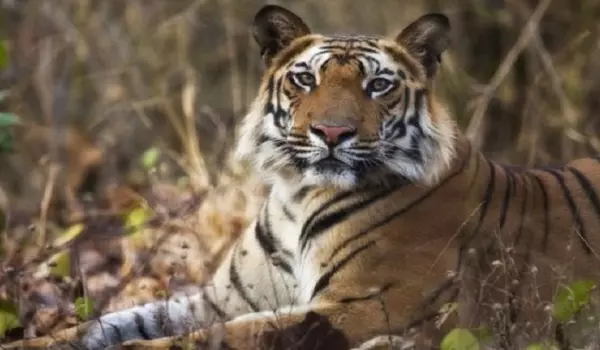As many as 127 tigers died in India during 2021 with Madhya Pradesh accounting for the highest number at 42 followed by Maharashtra with 27 deaths while Karnataka recorded 15 tiger deaths during the year to come at the third spot, according to information provided by the Ministry of Environment and Forests on Monday
There were 9 tiger deaths in Uttar Pradesh and 6 each in Kerala and Assam. Tamil Nadu and Telangana recorded 4 deaths each.
“The average life span of the tigers in the wild is generally 10-12 years and in natural ecosystem factors like old age, diseases, internecine fights, electrocution, snaring, drowning, road, rail hits etc. and a very high infant mortality observed in big cats, including tigers, accounts for majority of tiger deaths,” the ministry explained.
Details of budget allocation under the ongoing Centrally Sponsored Scheme of Project Tiger for the last three years and current year are as below:
The ministry said that under the ongoing Centrally Sponsored Scheme of Project Tiger funding assistance of Rs 220 crore was provided in 2021 which inter alia includes ex-gratia and capacity building of staff for mitigating human-wildlife conflicts.
To reduce the incidents of human-wildlife conflict, guidelines and Standard Operating Procedure have been issued by the Central Government through the National Tiger Conservation Authority and a three pronged strategy is being followed.
Material and logistical support: Funding support through the ongoing Centrally Sponsored Scheme of Project Tiger, is provided to tiger reserves for acquiring capacity in terms of infrastructure and material, to deal with tigers dispersing out of source areas.
Restricting habitat interventions: Based on the carrying capacity of tigers in a tiger reserve, habitat interventions are restricted through an overarching tiger conservation programme. In case tiger numbers are at carrying capacity levels, it is advised that habitat interventions should be limited so that there is no excessive spill over of wildlife including tigers thereby minimizing man-animal conflict. Further, in buffer areas around tiger reserves, habitat interventions are restricted such that they are sub-optimal vis-à-vis the core/critical tiger habitat areas, judicious enough to facilitate dispersal to other rich habitat areas only.
The National Tiger Conservation Authority has issued following three SOPs to deal with human-animal conflict, which are available in public domain:
*To deal with emergency arising due to straying of tigers in human dominated areas.
*To deal with tiger depredation on livestock
*For active management towards rehabilitation of tigers from source areas at the landscape level.
Also read: Manas National Park Witnesses Sharp Rise In Tigers & Rhinos | Manas National Park Assam |




















